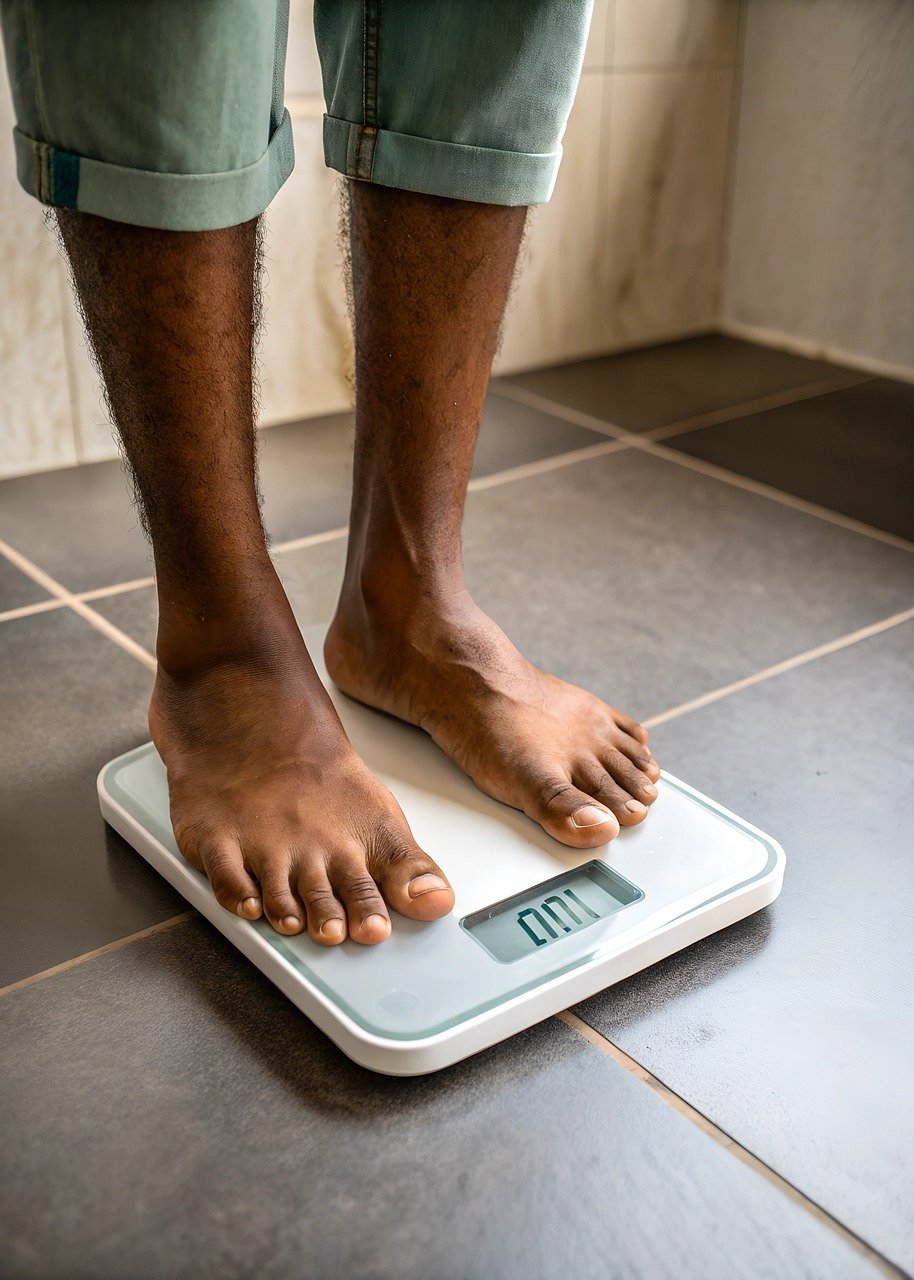Trying to lose weight? Study says you should focus on how you lose fat, not just how much
Losing weight isn’t enough. A new study reveals where your body stores fat matters more than BMI and how it impacts your health in surprising ways.
Did you know that not all fats are the same? While most of us focus on losing weight to stay healthy, research suggests that where your body stores fat and in what proportion can have a major impact on overall health. It turns out that shedding kilos isn’t the only thing that matters, understanding how fat is distributed in your body is just as important. (Also read: Woman who lost 54 kg reveals mistakes she made on her PCOS weight loss journey: ‘I went 100% gluten and dairy-free’ )

A study published in BMC Medicine by researchers from the Ben-Gurion University of the Negev, along with international collaborators, revealed surprising insights into visceral fat, the fat that surrounds internal organs. The study found that its impact on health varies depending on whether it’s measured by its absolute area or in proportion to other fat stores.
Why fat distribution matters more than just BMI
For years, doctors have known visceral fat is more harmful than subcutaneous fat. This study reveals new insights into obesity-related risks, emphasizing the importance of fat distribution over total fat loss. “These findings provide a new way to evaluate weight loss, focusing on what fat is lost and its impact on metabolic health,” says study author Iris Shai.

Analyzing 572 participants over 18 months, researchers found that while the visceral fat area was linked to inflammation and insulin resistance, its proportion was associated with high triglycerides. Notably, participants lost 22.5% of their visceral fat area but only saw a slight 1.3 percentage point drop in its proportion. While reducing visceral fat area improved insulin resistance and inflammation, lowering its proportion benefited liver function and blood fat levels.
“Two people with the same BMI can have different metabolic risks based on visceral fat distribution,” says co-lead author Hadar Klein. Co-lead author Hila Zelicha adds, “Understanding visceral fat dynamics can help tailor diet and exercise plans for better health outcomes.”
Rethinking weight loss and health strategies
Most obesity assessments rely on BMI or waist circumference, which don’t account for fat distribution. This can overlook individuals with a “normal” BMI but unhealthy fat levels, known as normal weight obesity.

More advanced fat distribution analysis could improve health risk assessments and personalised treatments. For example, those with insulin resistance may benefit from reducing visceral fat area, while those with cholesterol issues might focus on lowering visceral fat proportion.
The study developed models using routine clinical markers like waist circumference, age, and blood tests to estimate visceral fat area and proportion, making assessments more accessible without costly MRIs. It also revealed that not all fat behaves the same superficial subcutaneous fat supports better cholesterol levels, while deep subcutaneous fat is linked to insulin resistance and diabetes risk. For decades, BMI and weight loss have been primary health markers, but this research underscores the importance of fat distribution in preventing diabetes, heart disease, and metabolic issues.
Note to readers: This article is for informational purposes only and not a substitute for professional medical advice. Always seek the advice of your doctor with any questions about a medical condition.
Catch your daily dose of Fashion, Taylor Swift, Health, Festivals, Travel, Relationship, Recipe and all the other Latest Lifestyle News on Hindustan Times Website and APPs.
Catch your daily dose of Fashion, Taylor Swift, Health, Festivals, Travel, Relationship, Recipe and all the other Latest Lifestyle News on Hindustan Times Website and APPs.






